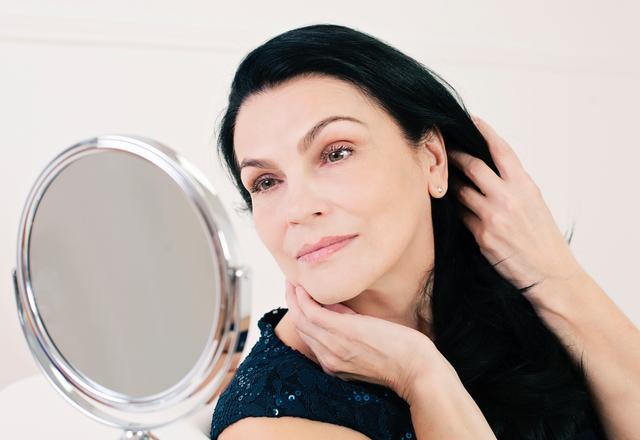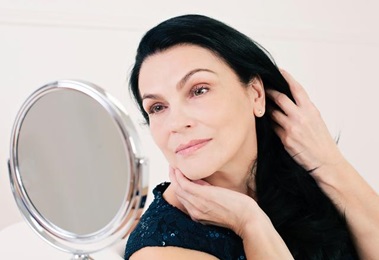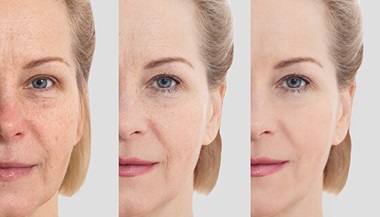Eyelid Lift
What is an eyelid lift?
The medical term for an eyelid lift is blepharoplasty. The procedure surgically removes excess fat, muscle and skin from the upper and lower eyelids to redefine the shape of the eye.
While an eyelid lift cannot alter dark circles or fine lines and wrinkles around the eye (“crow’s feet”), it can address age-related drooping or puffy eyelids and create a more refreshed, youthful appearance. An eyelid lift can also correct drooping eyelids that are interfering with vision.
Over 100,000 men and women in the United States opt for cosmetic eyelid lifts every year, either as a single procedure or in combination with other surgeries such as brow lift, facelift or skin resurfacing treatment.
Consulting a Plastic Surgeon for an Eyelid Lift
It is important to consult with an expert plastic surgeon who specializes in surgery of the face. During your consultation for a possible eyelid lift, the surgeon will ask you about:
-
Your medical history and physical health and whether or not you have:
-
A history of smoking
-
Cardiovascular disease
-
Diabetes
-
High blood pressure or other circulatory disorders
-
An unusual tendency to scar
-
Any disorders related to blood clotting
-
Thyroid problems
-
Detached retina
-
Glaucoma
-
Dry eyes
-
-
Any problems you may have with your eyes, including vision problems, tear production, use of contact lenses or glasses and other issues
-
Your skin type, ethnic background and age
-
Your attitude and expectations
In addition, the surgeon will explain:
-
What the person can expect from the procedure
-
Where the surgery will take place
-
Options for anesthesia
-
Possible complications
-
Other recommended procedures
Eyelid Lift Surgery: Procedure and Care
Eyelid surgery can take place in the surgeon’s office-based surgical facility, an outpatient surgery center or in a hospital.
The surgeon will ensure you are comfortable during the procedure by using anesthesia. A general anesthesia puts you in a deep sleep for the surgery. Local anesthesia numbs the area of surgery so the person feels no pain. Sedative medications allow the patient to remain awake but relaxed.
The procedure itself takes several hours. Immediately afterward, the surgeon may apply tiny sterile bandages to the area. The eyes may not need to be covered, but the surgeon may use an ointment to prevent the area from drying.
Afterward, the person may notice that the eyelids feel tight or sore. The eyes may feel sticky, dry or itchy for a week or more. Bruising and swelling are normal, and cold compresses can help, along with prescribed pain medications and in some cases, eye drops.
The surgeon may recommend that the person elevate his or her head while sleeping or lying down to enhance healing and relieve discomfort.
It is extremely important to follow the surgeon’s postsurgery instructions carefully, especially:
-
Avoiding certain activities and environments
-
Alerting your surgery team immediately in the event of any problem or unexpected change
-
Keeping follow-up appointments
Blepharoplasty (Eyelid Surgery) | Q&A
Seminar Saving Face: Advice to Help Freshen Aging Skin

Age-related changes to the face don’t have to be noticeable. Learn about surgical and nonsurgical options to address signs of aging from Dr. Kofi Boahene.






